Effects of salinity and drought on early seedling growth and survival of Artemisia herbaalba

Authors:
Seedlings of Artemisia herba-alba grown in glasshouse were watered with differing salinities (0, 150, 250 or 350 mM NaCI) and watering frequencies of 3, 7, 14 or 21 days for a period of 6 weeks. At the end of the study, plant survival, dry matter yield, biomass allocation (shoot and root), leaf area, relative growth rate (RGR), net assimilation rate (NAR), specific leaf area (SLA) and leaf area ratio (LAR) were recorded. When watered with 0 mM NaCI, Artemisia herba-alba plants had similar (P> 0.9) final dry matter weight and 100% survival regardless of watering frequency. However, plants did respond to watering frequency by allocating less biomass proportionately to below ground reserves as watering frequency decreased (P< 0.05). A threshold for survival of Artemisia herba-alba to cumulative salt concentrations above 20 g salt per kg soil was recorded. Once salinity concentrations passed the threshold, survival decreased dramatically from 80% at 30 g salt per kg soil to 60% at 70 g salt per kg soil. As well, within each level of watering frequency, as salt concentrations increased, seedling biomass decreased. Artemisia herba-alba's drought tolerance makes it an ideal candidate on low salinity sites with low to moderate soil moistures.
